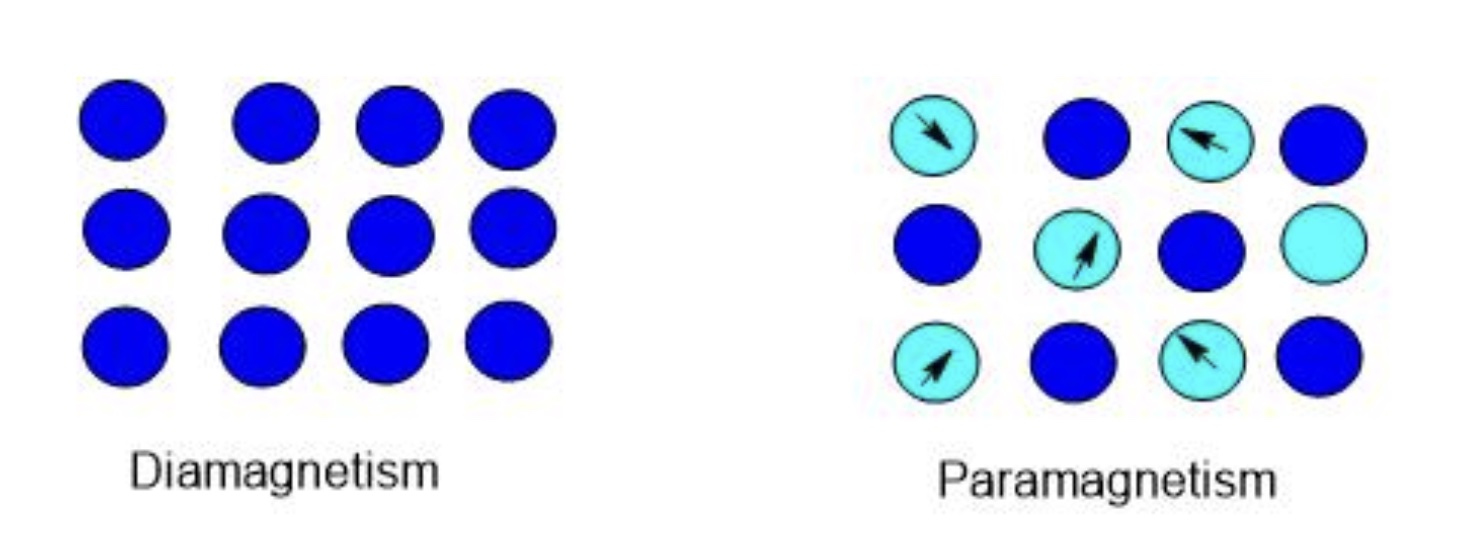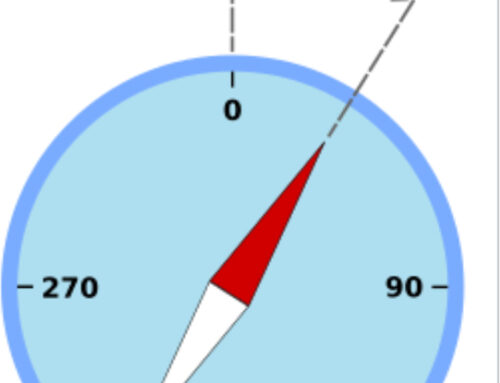Diamagnetic vs Paramagnetic
Do you know that not all materials behave the same in a magnetic field? Some get pulled in, others pushed away. Let’s explore why.
The difference between diamagnetic and paramagnetic materials lies in their magnetic susceptibility and how they respond to external magnetic fields.

Diamagnetic vs Paramagnetic (photo from ChemTalk)
Both types play essential roles in science and technology—understanding their behavior helps in material selection for magnets, sensors, and shielding.
What is the difference between diamagnetic and paramagnetic magnetic field?
You place two materials in the same magnetic field. One moves toward it, the other moves away. What’s going on?
Paramagnetic materials are weakly attracted to external magnetic fields, while diamagnetic materials are slightly repelled by them.
Understanding the physics behind it
Let’s compare the fundamental characteristics:
| Property | Paramagnetic | Diamagnetic |
|---|---|---|
| Magnetic Response | Weak attraction | Weak repulsion |
| Magnetic Moments | Unpaired electrons (net moment) | Paired electrons (no net moment) |
| Field Induction Direction | Same as external field | Opposite to external field |
| Magnetic Susceptibility | Small and positive | Negative |
| Retains Magnetism? | No | No |
| Example Materials | Aluminum, titanium, oxygen | Copper, bismuth, quartz |
In my daily work with magnetic assemblies, I’ve seen customers mistakenly select copper (diamagnetic) where they expected field enhancement—it ended up shielding the magnetic field instead of amplifying it. That’s why choosing the right type matters.
Which is more magnetic, paramagnetic, or diamagnetic?
If we compare the two, which one shows more “magnetism”?
Paramagnetic materials are more magnetic than diamagnetic ones because they are attracted to external magnetic fields, while diamagnetic materials are repelled.
Comparing magnetic strength and utility
Paramagnetic materials have unpaired electrons, which align with magnetic fields—even though the effect is small. This behavior makes them useful in fields like MRI and magnetic sensing.
Diamagnetic materials, on the other hand, oppose the magnetic field. They create a field in the opposite direction, leading to repulsion. This effect is even weaker, but it’s stable and predictable—perfect for magnetic shielding and levitation experiments.
| Behavior | Paramagnetic | Diamagnetic |
|---|---|---|
| Susceptibility | ~10⁻⁵ to 10⁻³ | ~-10⁻⁶ to -10⁻⁵ |
| Field Response | Aligns with the field | Opposes the field |
| Application Type | Amplifies magnetic effects | Shields or repels fields |
| Use Cases | MRI contrast agents, sensors | Magnetic levitation, shielding |
In one aerospace sensor application, I recommended switching from brass (mostly diamagnetic) to aluminum (paramagnetic) to achieve a subtle but consistent field enhancement. The change improved signal clarity by 12%.
Conclusion
Diamagnetic materials push away from magnetic fields; paramagnetic materials get gently pulled in. One shields, the other enhances. Choosing the right one can make or break your design.





Leave A Comment